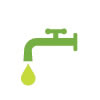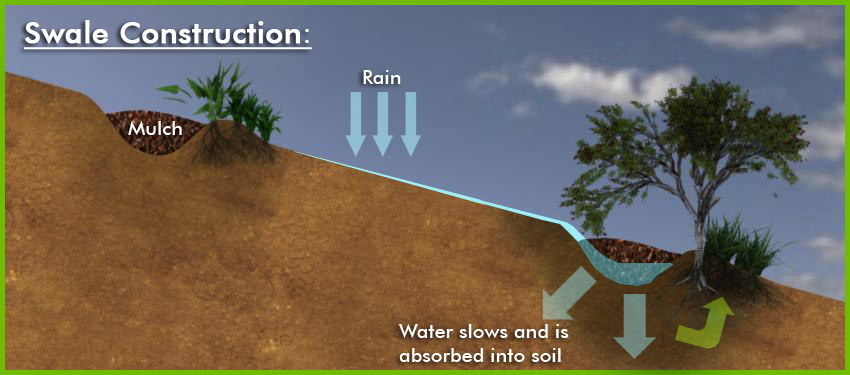More About:
 Water Conservation Design in Landscapes In times of water scarcity the management of water particularly in drought prone regions is essential to reduce the consumption of water. Landscape design and advanced irrigation systems can reduce water consumption by integration of intelligent methods. The strategies to maximize water efficiency in landscapes are to maximize the use of rain fall, reduce the amount of evaporation and design intelligent irrigation systems to conserve water.
Water Conservation Design in Landscapes In times of water scarcity the management of water particularly in drought prone regions is essential to reduce the consumption of water. Landscape design and advanced irrigation systems can reduce water consumption by integration of intelligent methods. The strategies to maximize water efficiency in landscapes are to maximize the use of rain fall, reduce the amount of evaporation and design intelligent irrigation systems to conserve water.
There are several methods to enhance rain water or seasonal stream water accumulation and distribution through procedures of landscape design such as catchment swales, diversion drains and absorption basins that allow water to be stored and released over time while minimizing run-off, erosion and loss through evaporation.
Swales are small lateral trenches placed on contour that can be  filled with absorbent material such garden wastes like leaves, grass or straw. Plants can be positioned along the contour downslope from the swale to extract water from the swale. The depth and the width of a swale depend on the grade of the slope the quantity of rain and seasonal variations. Many regions experience a dry season and a rainy season where narrow and deep swales are more advantageous to provide water during the dry season. Regions with undivided rainy seasons benefit from wide, shallow and branched swales to provide more short term infiltration. The size of the swale depth and width is determined by the average quantity of rain per downpour or a series of such in regions with frequent rain. Overflow drains are incorporated that channel water beyond the swales holding capacity to a catchment basin or pond. Multiple swales can also be interconnected by diversion drains to provide even infiltration of all swales. Every swale design should take into consideration the climate such as temperature and humidity, quantity of rain per downpour, seasonal variation and the quality of soil. Swales can transform a landscapes water infiltration. Furthermore swales help to mitigate erosion and provide water infiltration where it is most needed. Catchment basins are based on similar principles as swales. Instead of a trench a pond like profile is excavated and filled with absorbent garden wastes where water infiltrates and surrounding vegetation can have access to the infiltrated water.
filled with absorbent material such garden wastes like leaves, grass or straw. Plants can be positioned along the contour downslope from the swale to extract water from the swale. The depth and the width of a swale depend on the grade of the slope the quantity of rain and seasonal variations. Many regions experience a dry season and a rainy season where narrow and deep swales are more advantageous to provide water during the dry season. Regions with undivided rainy seasons benefit from wide, shallow and branched swales to provide more short term infiltration. The size of the swale depth and width is determined by the average quantity of rain per downpour or a series of such in regions with frequent rain. Overflow drains are incorporated that channel water beyond the swales holding capacity to a catchment basin or pond. Multiple swales can also be interconnected by diversion drains to provide even infiltration of all swales. Every swale design should take into consideration the climate such as temperature and humidity, quantity of rain per downpour, seasonal variation and the quality of soil. Swales can transform a landscapes water infiltration. Furthermore swales help to mitigate erosion and provide water infiltration where it is most needed. Catchment basins are based on similar principles as swales. Instead of a trench a pond like profile is excavated and filled with absorbent garden wastes where water infiltrates and surrounding vegetation can have access to the infiltrated water.
Advanced irrigation systems can maximize water efficiency and reduce water consumption. The design of the water distribution system can conserve much water. Subterranean drip or infiltration lines are advantageous where evaporation loss is a concern. Sprinklers or over ground systems can be used in moist or cooler climates where evaporation is less of a concern. Timers and water regulators can be installed that optimize the amount of irrigation required by using weather information provided by sensors. More advanced systems utilize soil moisture to determine the amount of irrigated water. The combination of landscape design and advanced irrigation systems can provide for a substantial water conservation.



